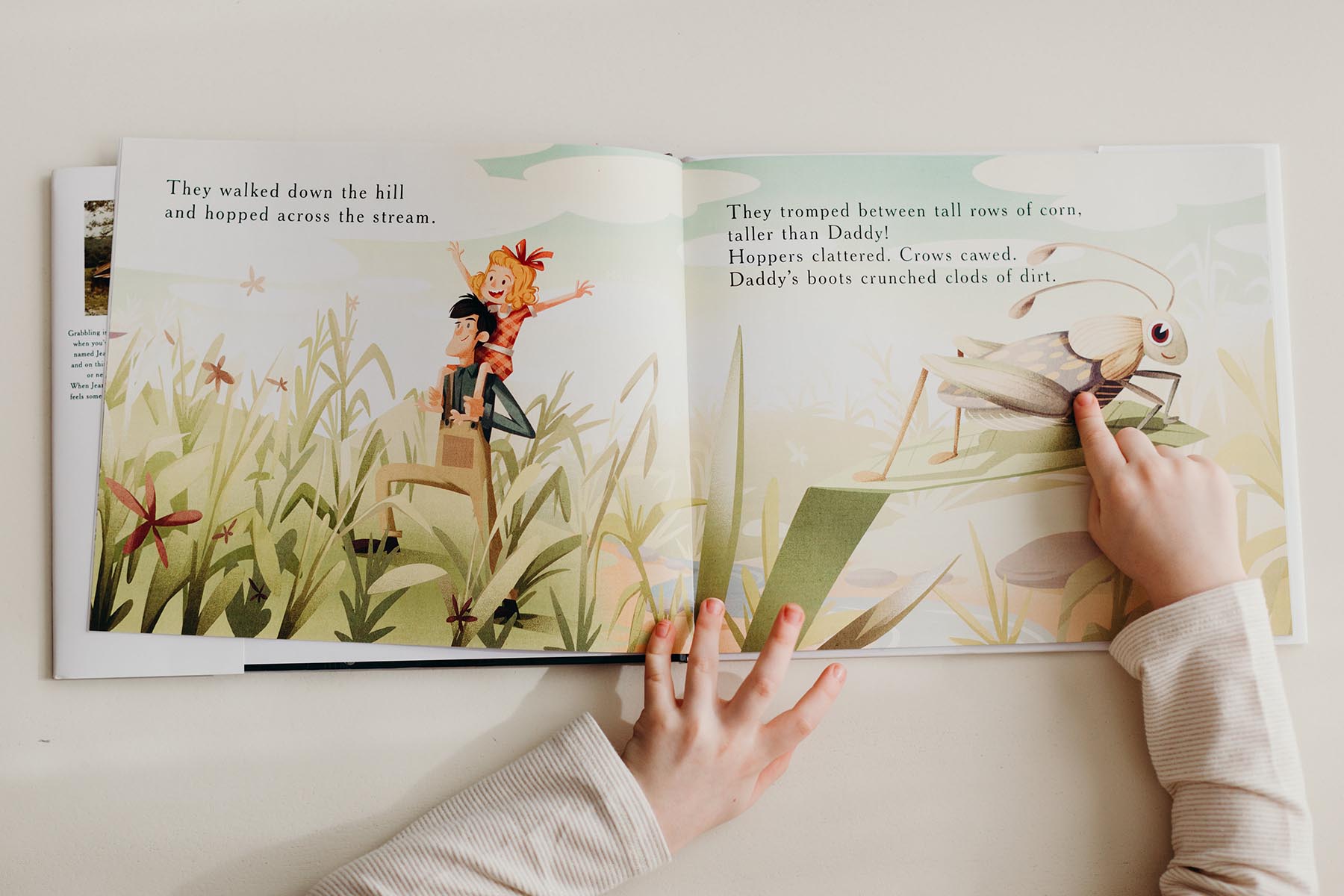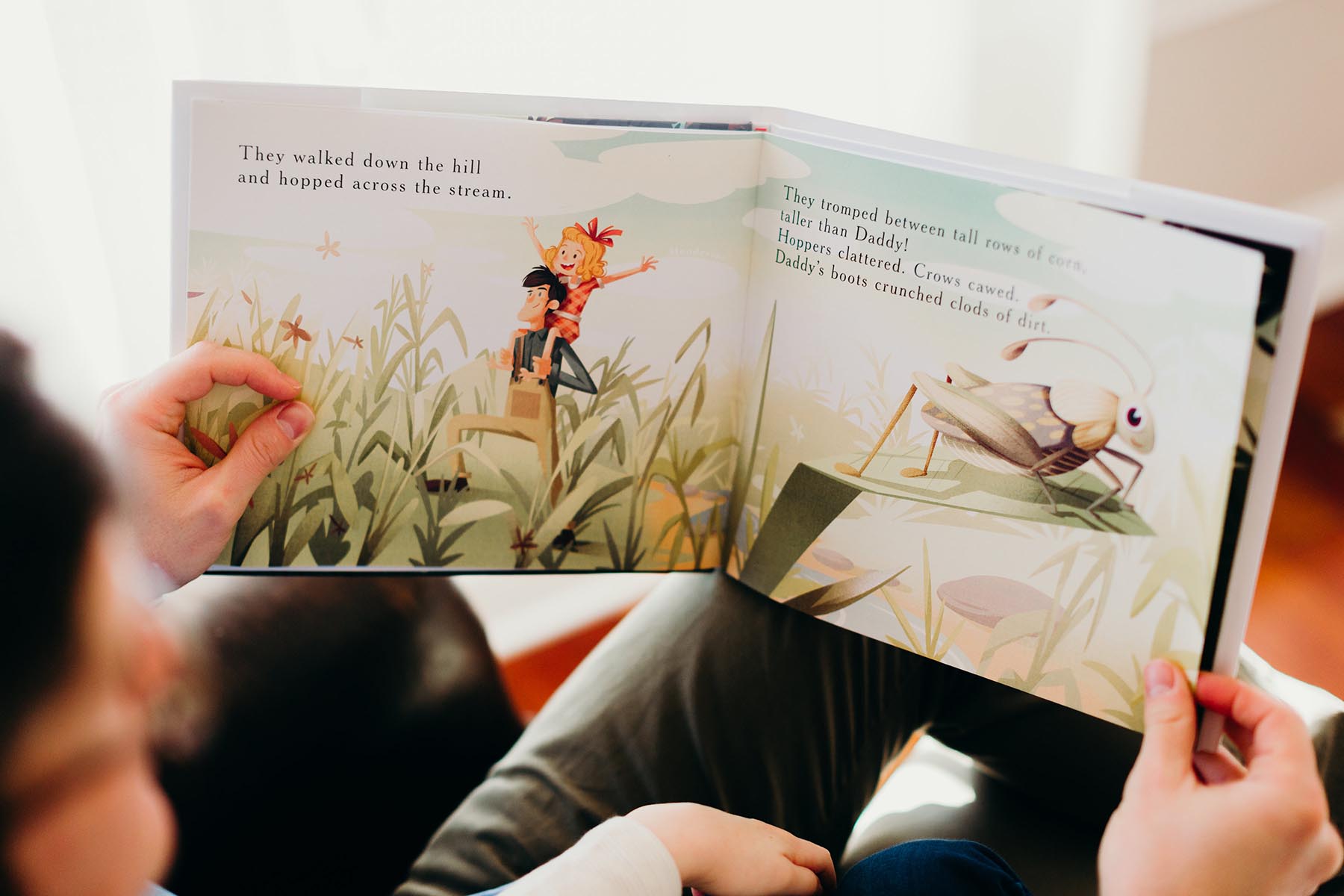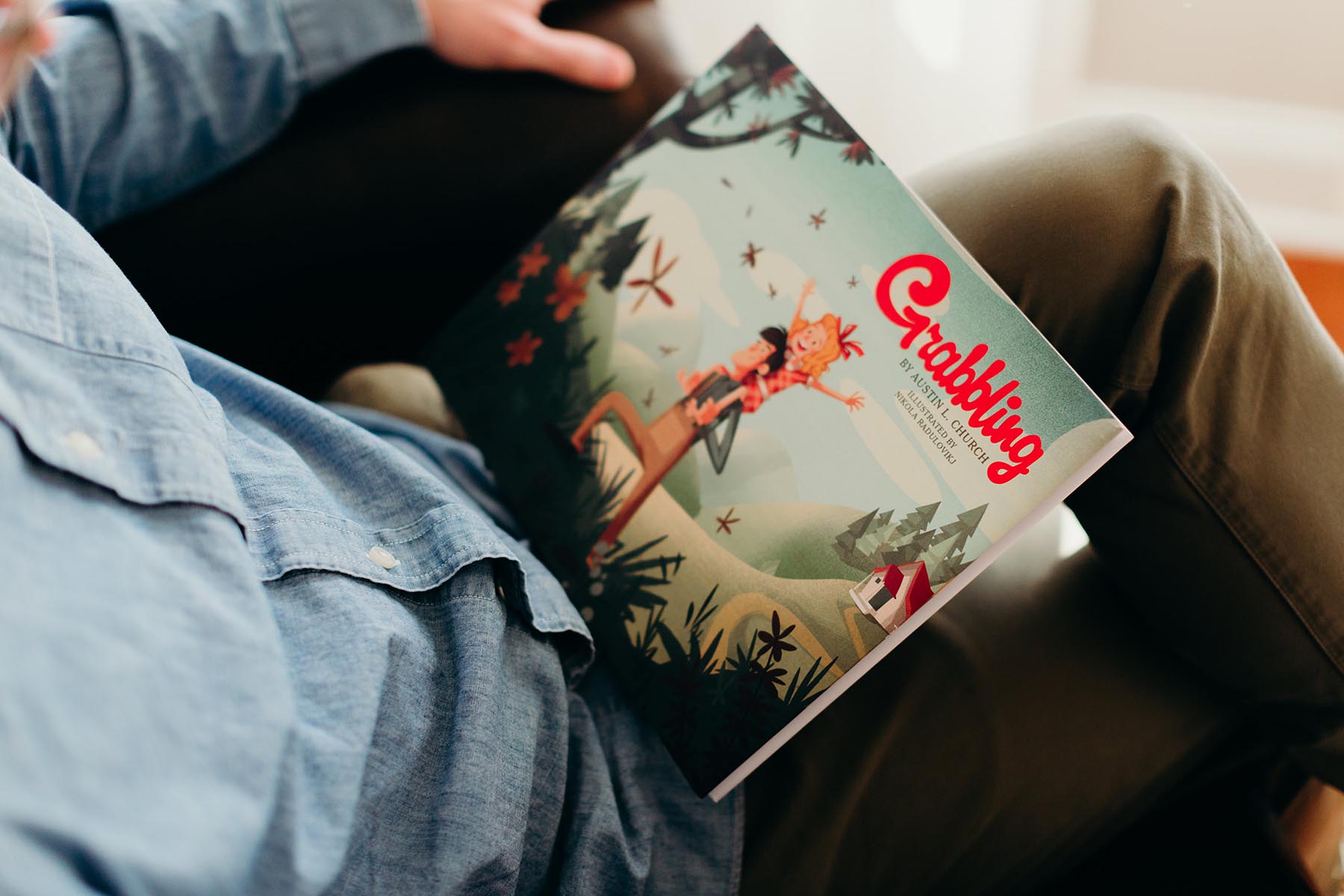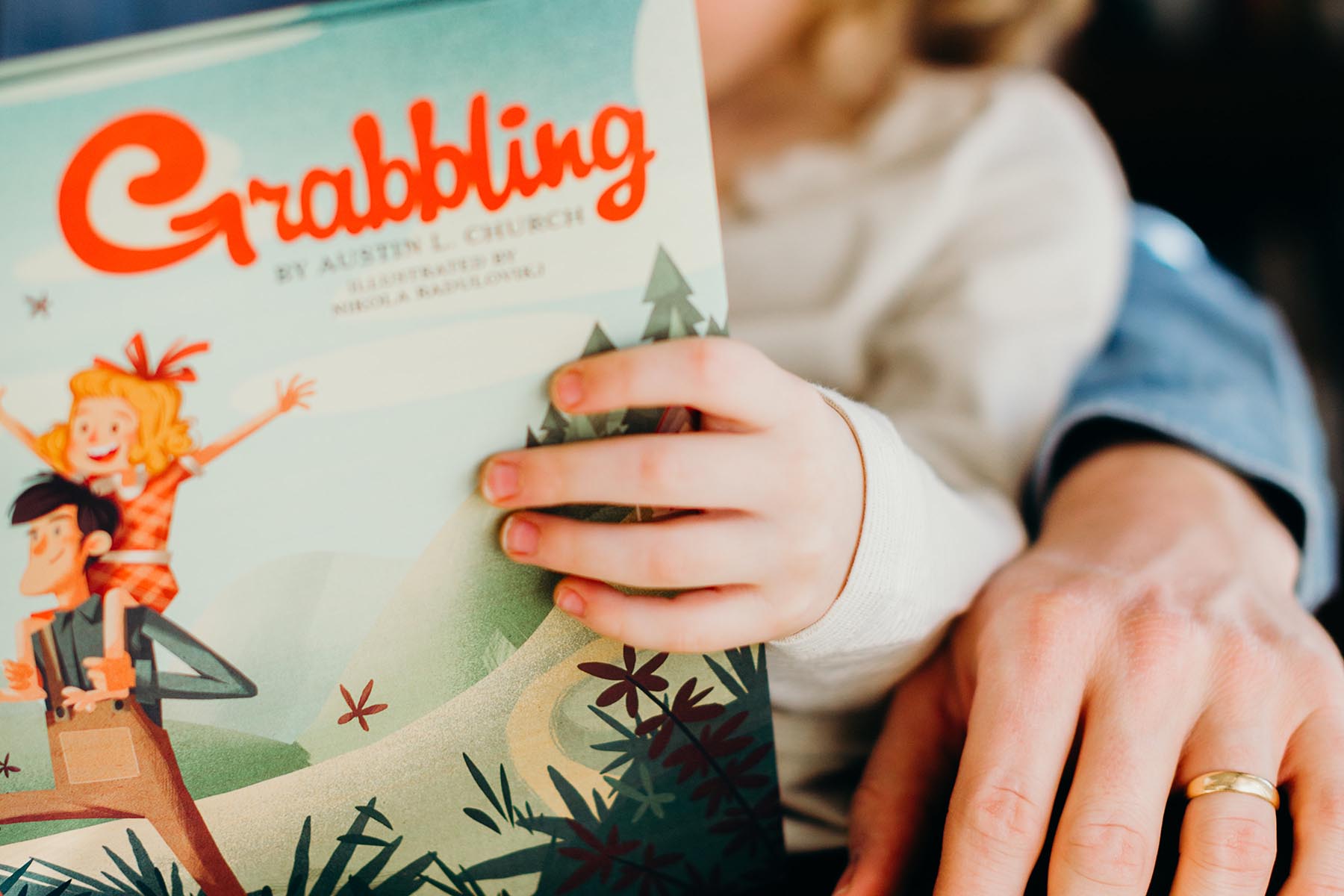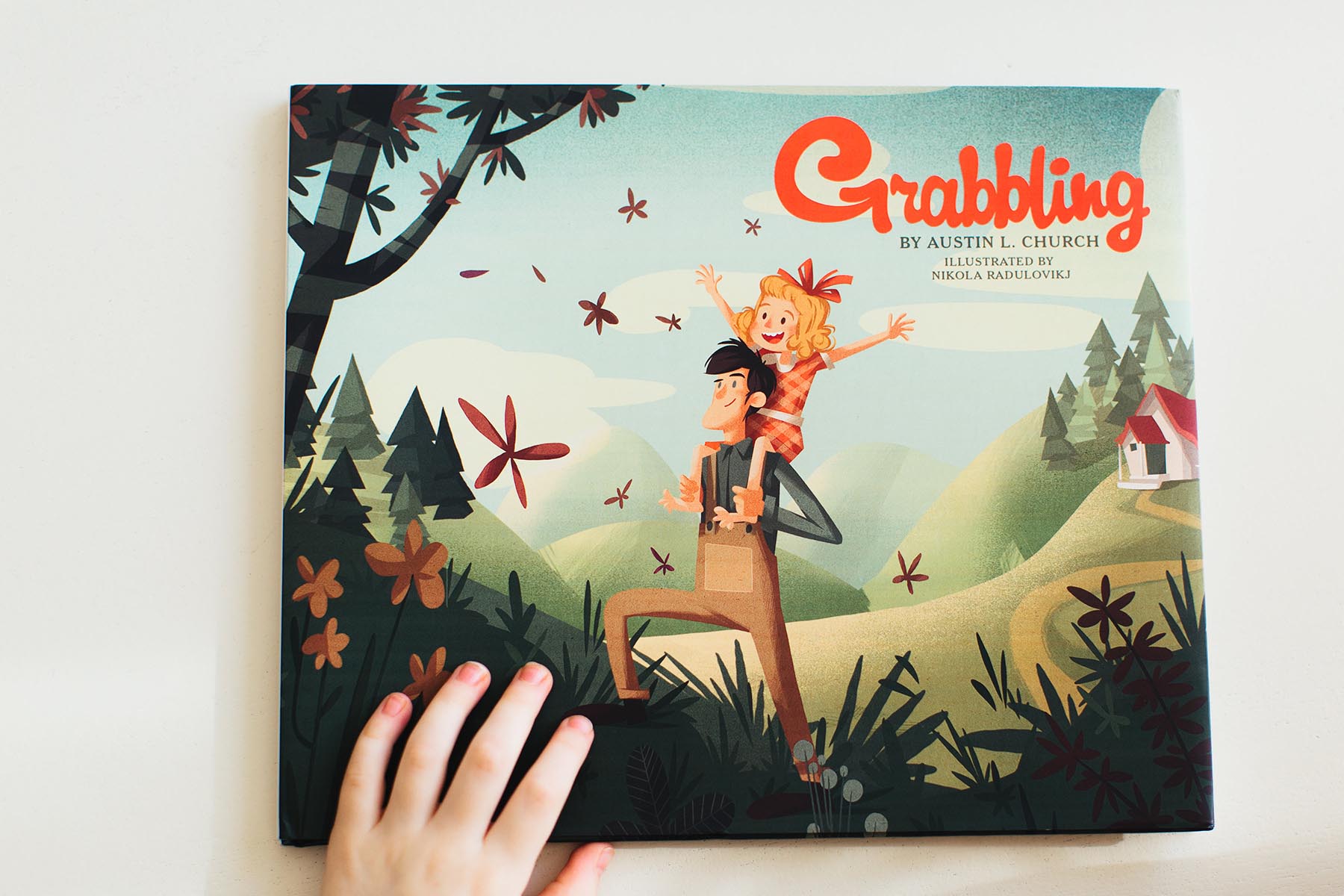
Grabbling
Grabbling
Grabbling
Grabbling
Grabbling
Austin Church has multi-passionate disorder. His interests range from Bourbon to barbecue, business to baking, fly fishing to running. The one passion that has burned for over twenty years is writing. Austin was the class clown who wrote poetry on the sly.
Austin Church has multi-passionate disorder. His interests range from Bourbon to barbecue, business to baking, fly fishing to running. The one passion that has burned for over twenty years is writing. Austin was the class clown who wrote poetry on the sly.
Austin Church has multi-passionate disorder. His interests range from Bourbon to barbecue, business to baking, fly fishing to running. The one passion that has burned for over twenty years is writing. Austin was the class clown who wrote poetry on the sly.
Austin Church has multi-passionate disorder. His interests range from Bourbon to barbecue, business to baking, fly fishing to running. The one passion that has burned for over twenty years is writing. Austin was the class clown who wrote poetry on the sly.
Austin Church has multi-passionate disorder. His interests range from Bourbon to barbecue, business to baking, fly fishing to running. The one passion that has burned for over twenty years is writing. Austin was the class clown who wrote poetry on the sly.
SCOPE OF WORK
Concept Development, Naming, Story Development, Writing, Illustration, Kickstarter Campaign Launch
SERVICES:
Brand Strategy, Identity Design, Art Direction, Packaging, Web Design & Development,
The Story
In March 2018 Austin finished a book project nine years in the making. You could say eighty years in the making because Grabbling is a true tale from his grandmother’s childhood. Her face still lights up when she talks about growing up on a farm in Fayetteville, Tennessee, and fishing with her hands in Mulberry Creek. Austin wanted to share his favorite story from childhood—her story—with his three young children.
The Story
In March 2018 Austin finished a book project nine years in the making. You could say eighty years in the making because Grabbling is a true tale from his grandmother’s childhood. Her face still lights up when she talks about growing up on a farm in Fayetteville, Tennessee, and fishing with her hands in Mulberry Creek. Austin wanted to share his favorite story from childhood, her story, with his young children.
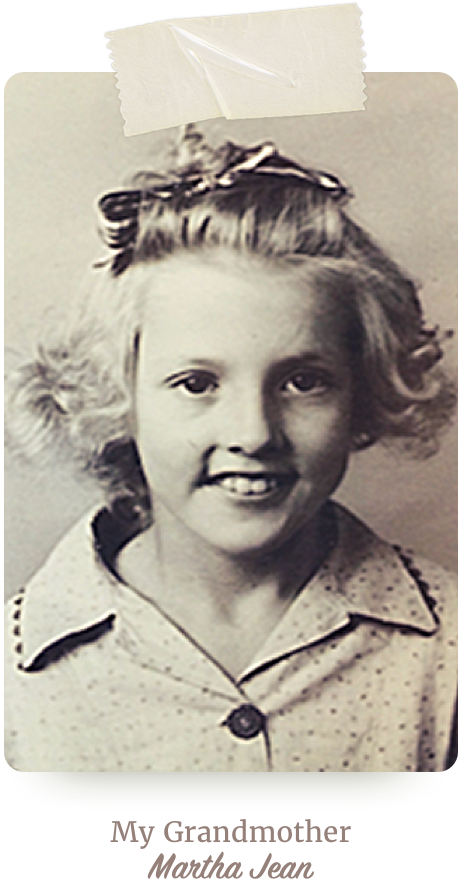



The Journey
Publishing a children’s picture book is no mean feat. And Austin went about it the way people are a wee bit obsessive do: He did way too much research.
He created a spreadsheet of the winners of the Geisel, Newberry Medal, and Caldecott Medal awards for the last 20 years. He figured out the sweet spot in terms of the book’s physical size, as well as the number of pages, number of characters, and color palette. He launched a successful Kickstarter campaign and hired his favorite illustrator. He and Nik worked through the illustrations page by page, spread by spread. He studied up on the coloration of crayfish, the best fonts for children just learning how to read, and the odd world of Library of Congress Control Numbers.
And then, Austin cut out the first six spreads because he realized the story needed to get to the action faster. Kids are their famous attention spans, right?
The Journey
Publishing a children’s picture book is no mean feat. And Austin went about it the way people are a wee bit obsessive do: He did way too much research.
He created a spreadsheet of the winners of the Geisel, Newberry Medal, and Caldecott Medal awards for the last 20 years. He figured out the sweet spot in terms of the book’s physical size, as well as the number of pages, number of characters, and color palette. He launched a successful Kickstarter campaign and hired his favorite illustrator. He and Nik worked through the illustrations page by page, spread by spread. He studied up on the coloration of crayfish, the best fonts for children just learning how to read, and the odd world of Library of Congress Control Numbers.
And then, Austin cut out the first six spreads because he realized the story needed to get to the action faster.
The Journey
Publishing a children’s picture book is no mean feat. And Austin went about it the way people are a wee bit obsessive do: He did way too much research.
He created a spreadsheet of the winners of the Geisel, Newberry Medal, and Caldecott Medal awards for the last 20 years. He figured out the sweet spot in terms of the book’s physical size, as well as the number of pages, number of characters, and color palette. He launched a successful Kickstarter campaign and hired his favorite illustrator. He and Nik worked through the illustrations page by page, spread by spread. He studied up on the coloration of crayfish, the best fonts for children just learning how to read, and the odd world of Library of Congress Control Numbers.
And then, Austin cut out the first six spreads because he realized the story needed to get to the action faster.

The Destination
The Destination
The Destination
Biographical details aside, Grabbling is a beautiful book. The story spans 32 pages of lush, colorful illustrations that send you into the world of Jeannie, her dad Julian, and another mostly benign character who shows up at the very end.
Matt Cubberly at Puffer Print offered tons of guidance and advice along the way and connected Austin with the right printer. 1,000 books and as many hours of work later, Grabbling has finally found its way into the hands of kids around the U.S. and the world.
In an interview with Wired magazine in February 1996, Steve Jobs had this to say: “Things don’t have to change the world to be important.”
Biographical details aside, Grabbling is a beautiful book. The story spans 32 pages of lush, colorful illustrations that send you into the world of Jeannie, her dad Julian, and another mostly benign character who shows up at the very end.
Matt Cubberly at Puffer Print offered tons of guidance and advice along the way and connected Austin with the right printer. 1,000 books and as many hours of work later, Grabbling has finally found its way into the hands of kids around the U.S. and the world.
In an interview with Wired magazine in February 1996, Steve Jobs had this to say: “Things don’t have to change the world to be important.”
Grabbling is important not because it was a best-seller (it wasn’t) or because it launched Austin’s literary career (it didn’t). Grabbling is important because it gave Austin the opportunity to pay homage to one of his heroes, Elizabeth Martha Jean Waggoner Legate, and because he got to show his kids what it looks like to go after a dream and make it a reality. The best part of the whole experience for Austin was the day when he got to sign books side by side with his grandmother in Nashville. “I just feel so honored by you,” she said.
So yes, we could all use a bit more grabbling in our lives. Whom do you want to honor? What project or dream has been burning in your heart for years? Be brave. Go grab it.
Grabbling is important not because it was a best-seller (it wasn’t) or because it launched Austin’s literary career (it didn’t). Grabbling is important because it gave Austin the opportunity to pay homage to one of his heroes, Elizabeth Martha Jean Waggoner Legate, and because he got to show his kids what it looks like to go after a dream and make it a reality. The best part of the whole experience for Austin was the day when he got to sign books side by side with his grandmother in Nashville. “I just feel so honored by you,” she said.
So yes, we could all use a bit more grabbling in our lives. Whom do you want to honor? What project or dream has been burning in your heart for years? Be brave. Go grab it.
Check out more of our work
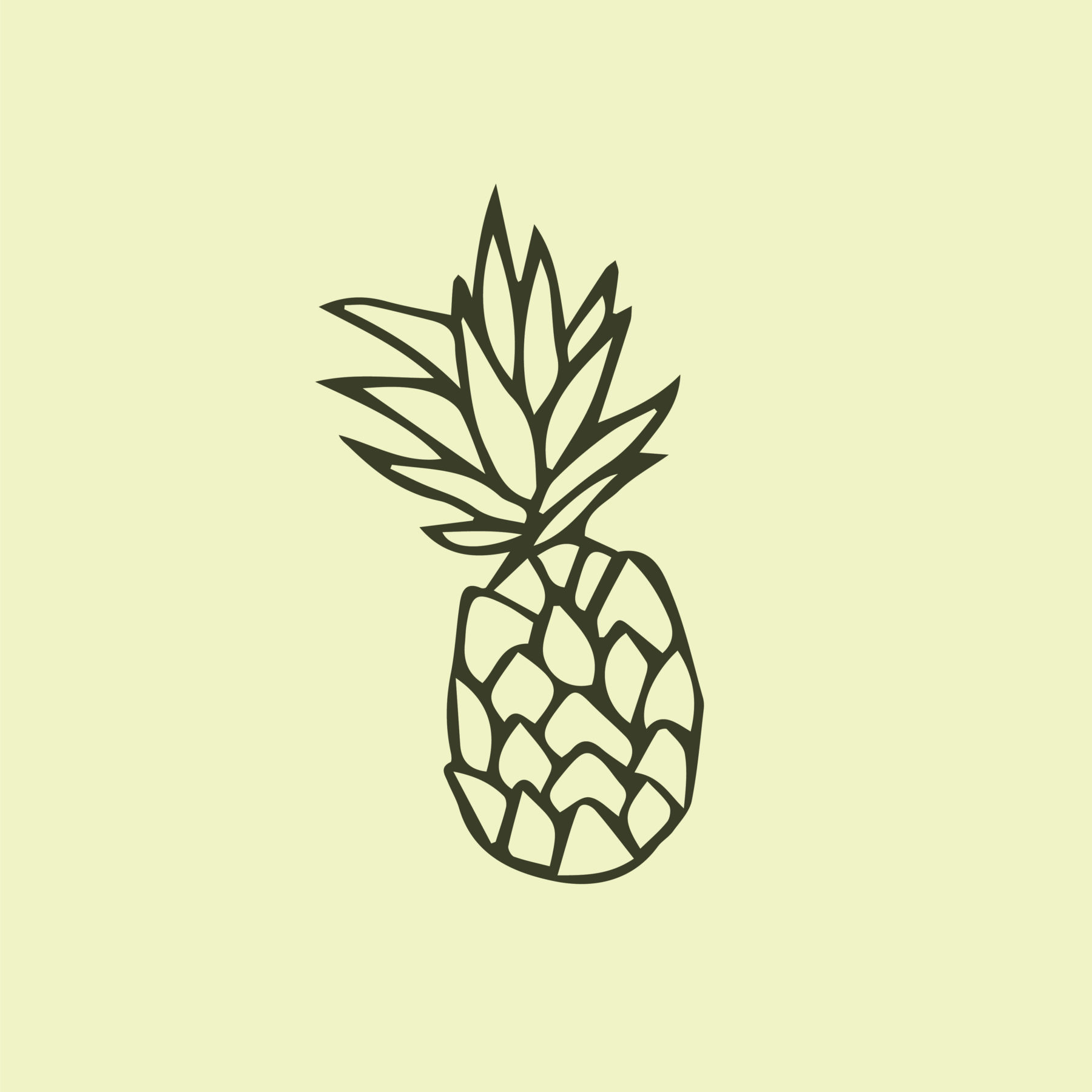
Pineapple ConsignmentRetail, Launch
Breedwise Pet ProvisionsPet Wellness, Launch

OMWorksBrand Development, Identity Design, Verbal Identity, Copywriting, Web Design
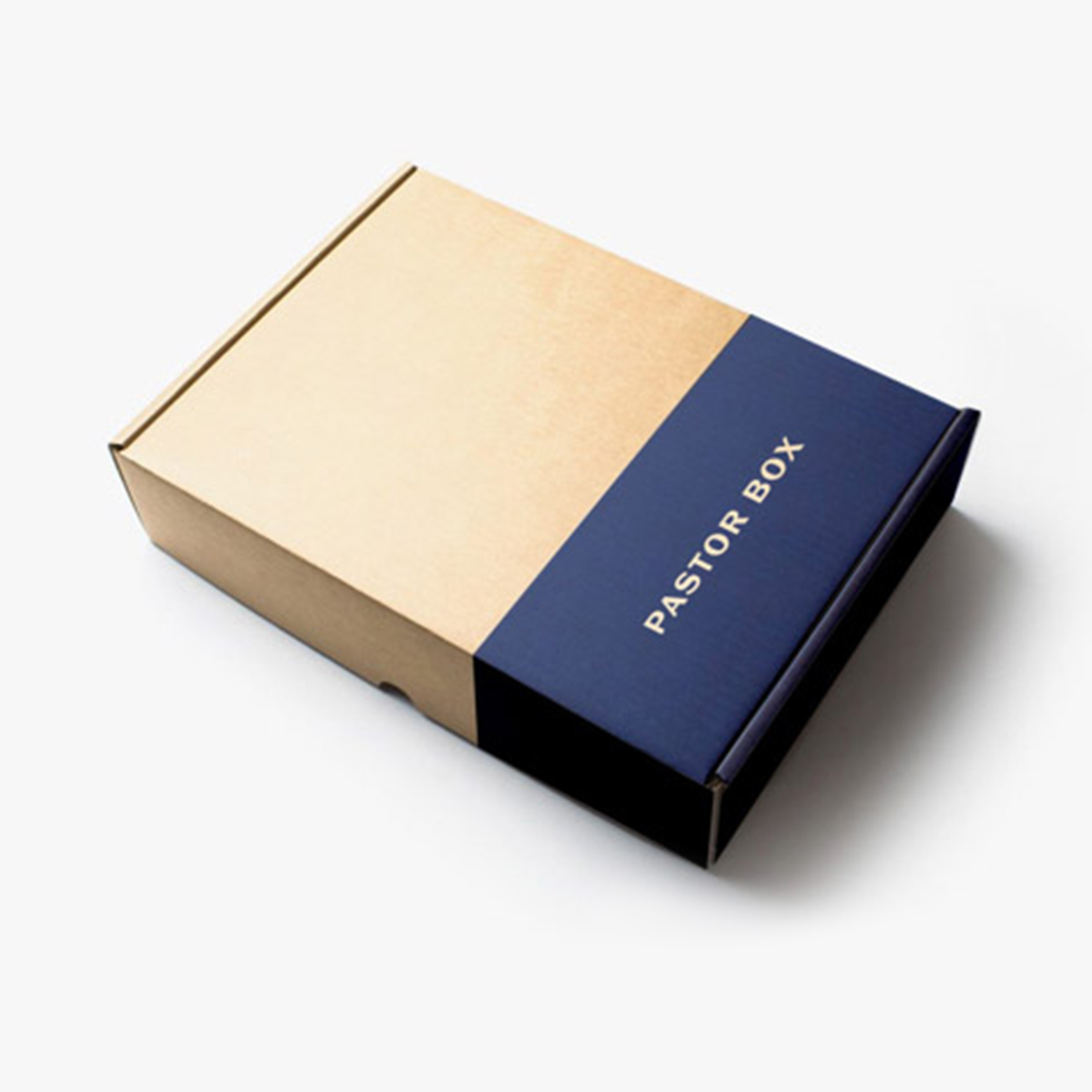
Pastor BoxBrand Development, Identity Design, Verbal Identity, Copywriting, Web Design
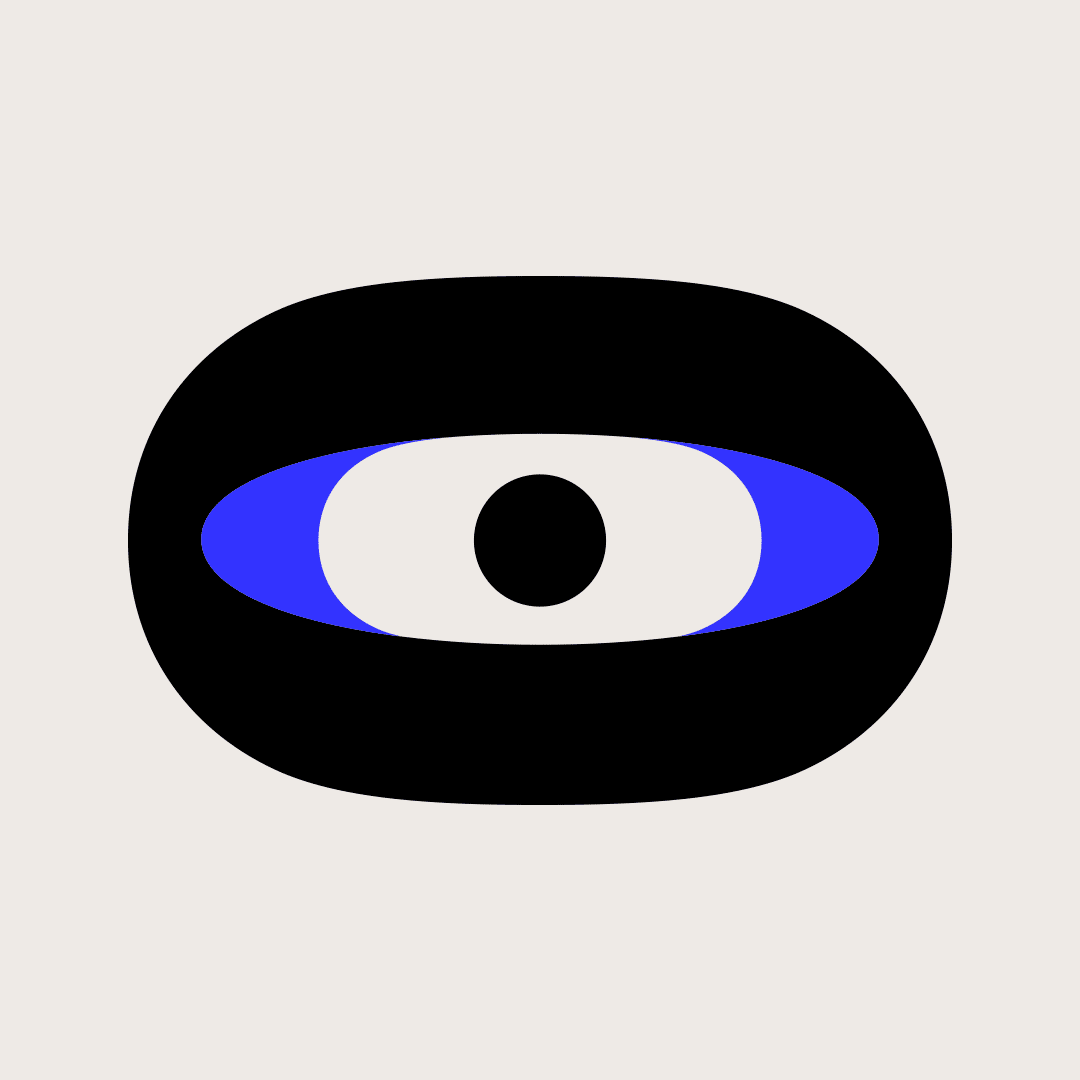
BT Design LabInnovation Consultancy, Launch

Mast Film CoFilmmaking, Rebrand

Grabbling BookWriting, Launch

Miscellaneous LogosLogo Design, Various
